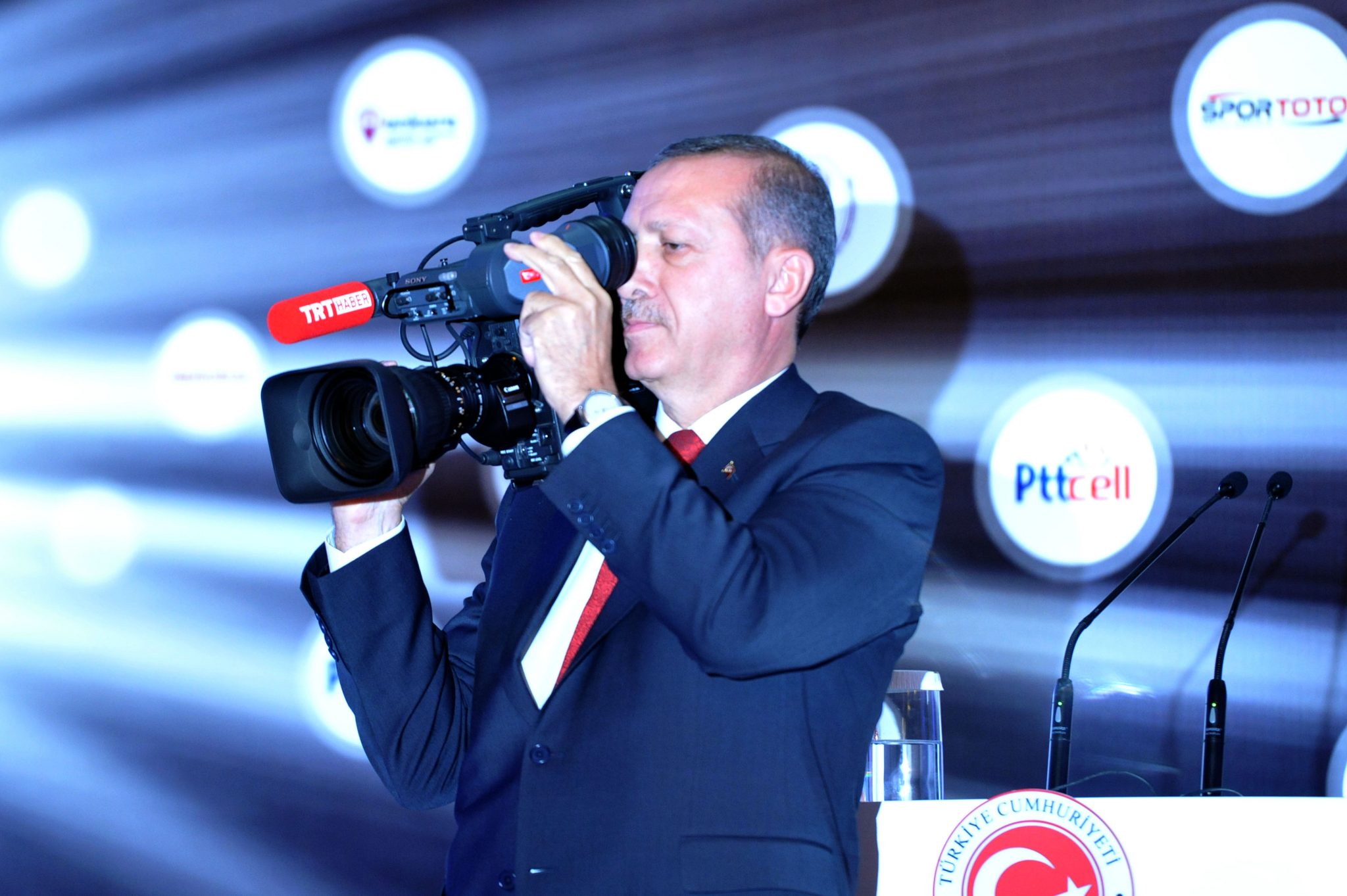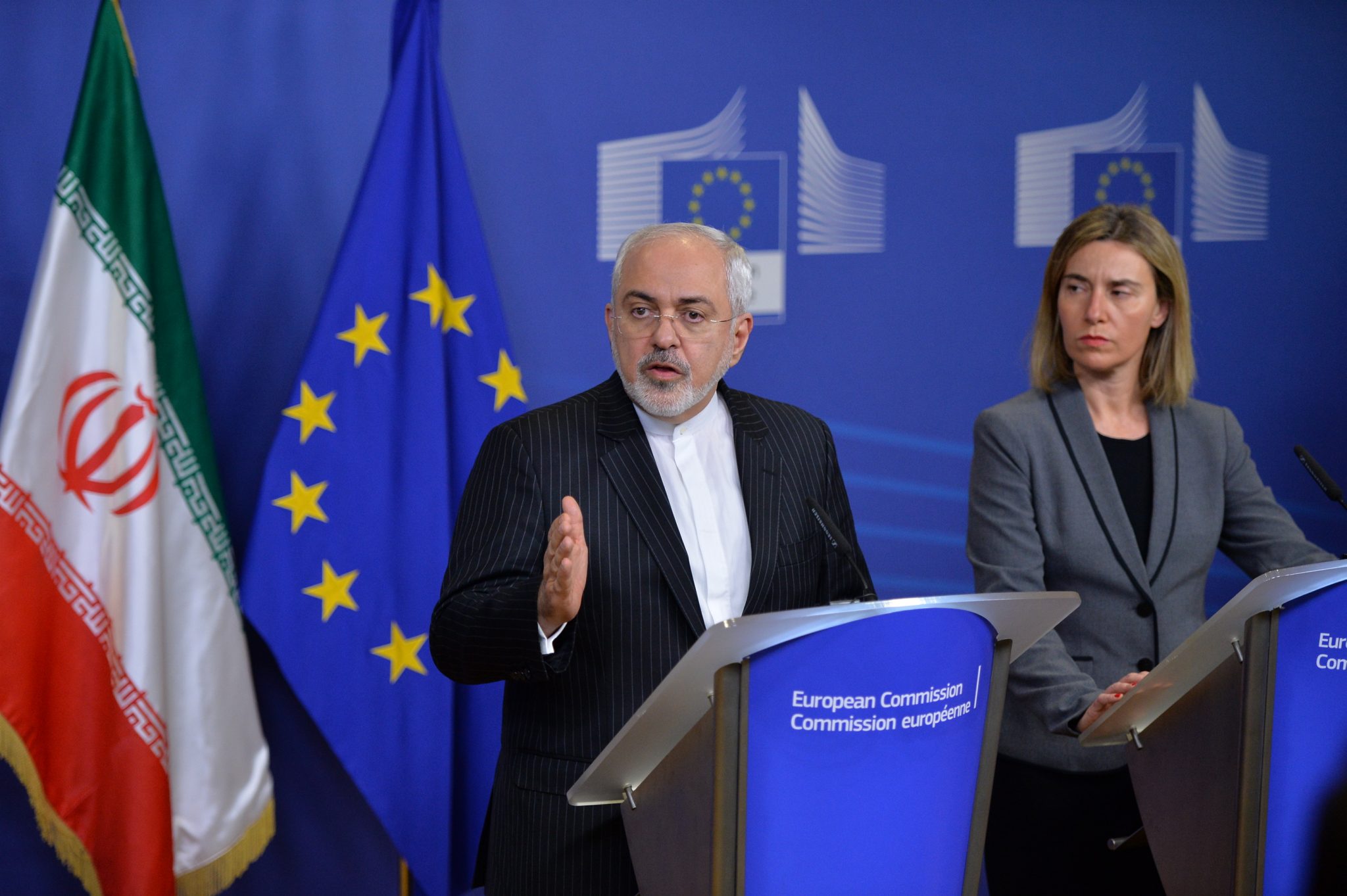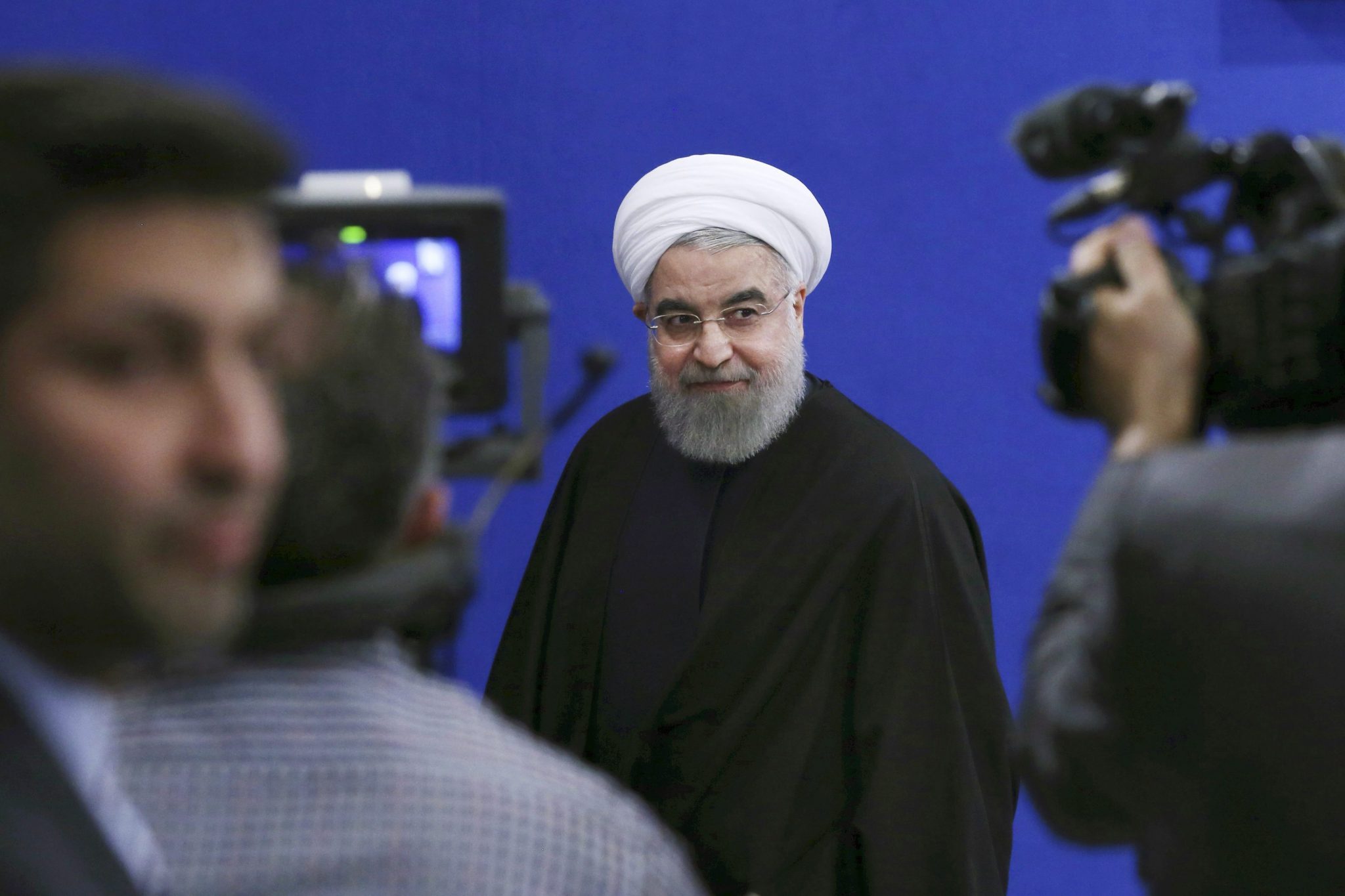
[dropcap size=small]Magic bullets, hypodermic needles and the media. It’s an odd mix, but it can help to explain why at least some people simply believe whatever they are told.
According to the magic bullet (or hypodermic needle) theory, the mass media have a direct, immediate and powerful effect on an audience—particularly a captive audience unable to escape the media’s message and no other source of information to counterbalance that message. The audience members become passive, absorbing and accepting any message the media puts forth.
Sometimes the effects of the media magic bullet are relatively inconsequential, such as when the North Korean peopled were duped by a YouTube video purporting to show that North Korea will play in the final soccer game of the 2014 World Cup against Portugal and that North Korea had previously defeated Japan, the United States, and China. To some, the incident was a humorous example of what people will believe when they accept without questioning what they have hear and seen in the media. It is perhaps unfair to fault the people for believing the bogus report when they had no other source of news.
At other times, however, the consequences can be far more serious. After the Reichstag fire in 1933, Adolph Hitler used emergency constitutional powers to justify the issuance of a decree that constrained the media and banned political meetings. He blamed the communists for the arson but went on to attack many other groups of people not involved in the crime. It was all an attempt by Hitler to justify the antidemocratic actions authorized under the earlier decree.
[alert type=blue ]Author: Zakir Gul is an Associate Professor of Criminal Justice Department at the State University of New York (SUNY).[/alert]
Not long afterward, in November 1938, the Nazis attacked Jewish people and their property in what came to be known variously as Crystal Night (Kristallnacht), Night of Broken Glass and November Pogroms. The impetus for the pogroms was triggered the assassination of a German diplomat, Ernst vom Rath, by a Polish-Jewish student, Herschel Grynszpan, in Paris. When Hitler, in Germany, learned of the assassination two days later, Nazi Propaganda Minister Joseph Goebbels conferred with the German leader and hatched a plan to stage demonstration across Germany and Austria that were meant to look spontaneous. By the end of the two-night pogrom, the rioters had killed many people and ransacked, looted and vandalized numerous Jewish businesses, synagogues, hospitals, homes, schools and cemeteries.
While all of these crimes were being committed, the police and fire departments were told not to interfere. The Nazis used the media as a propaganda tool to disseminate to the German people only the information that Hitler wanted them to hear—all of which was biased in favor of the government and designed to hide the government’s role in staging the pogroms. The Nazi’s effective use of the media shaped the whole nation’s perspective of Crystal Night in support of the pogroms, massacres, and genocide.
Other examples of state-sponsored use of the media to influence the public’s perception to align with government propaganda abound. An example from Turkey’s democracy history is the September 1955 pogrom in Istanbul, which lasted for two days. One of the country’s major newspapers, the Istanbul Express, published an article on September 6 headlined “Our father Atatürk’s house has been bombed” in Thessalonica of Greece. Unaware that the news report was false, the masses were enraged, prompting them to kill and injure non-Muslims, loot their stores, plunder their houses, attack their cultural and religious sites such as churches, synagogues, monasteries, schools and even cemeteries. After two days of the violence, martial law was declared in Turkey. The lies and the manipulation of the media continued for several days as the major national news media blamed communists for instigating the masses.
Another example from Turkey involves the assassination of Gun Sazak, an executive member of the Nationalist Movement Party, on May 27, 1980. When the Turkish media reported that Sazak was assassinated by communists, the masses responded by engaging in demonstrations and attacking numerous innocent people in the name of saving the motherland from her enemies. In the early morning of that same day, the Turkish Radio and Television Corporation, which then was the only state-owned broadcasting organization, reported multiple times that the Alaaddin Mosque in the city of Corum had been bombed. Additional reports that the “communists are destroying the mosques” outraged the masses, prompting them to target some Alawite citizens living in Turkey.
Sadly, use of the media in Turkey to skew the public’s perception of events has occurred as recently as July 15, 2016, in the wake of a failed military coup. Some scholars have referred to the coup attempt as the “Reichstag of Turkey” for the government’s response to the failed uprising. That response was marked by what has come to be known as the Great Purge, which targeted the thousands of people the country’s leader blamed for plotting the coup. For example, media outlets and journalists were targeted and continue to be under siege in Turkey. According to an Amnesty International Report, covering the years 2016 and 2017, 184 media outlets were arbitrarily and permanently closed, and numerous journalists and other media workers lost their jobs through executive decrees. As many as 308 journalists are believed to have been arrested.
With the government now enjoying monopoly control of the media, the people in Turkey will never see and learn the reality of what is happening in their country. The reality for them will be the hand-picked information the government chooses to feed them. For example, the recent deaths of several people in prison were reported as suicides in the government-controlled media. Without any counterbalancing information, the people of Turkey have accepted that the deaths were indeed self-inflicted. The abduction of people since March 2017, presumably by the Turkish government, has gone unreported in the government-controlled media. Many other people in Turkey have been tortured during interrogations and been the victims of inhumane treatment by law enforcement and/or intelligence units, and yet the public remains unaware of these incidents—thanks to government control of the media.
Where the blame lies for these tragic incidents starts with the government, the media played a crucial role in manipulating the people’s perception of the events and their overall reality of the state of affairs in Turkey absent other voices speaking the truth.



